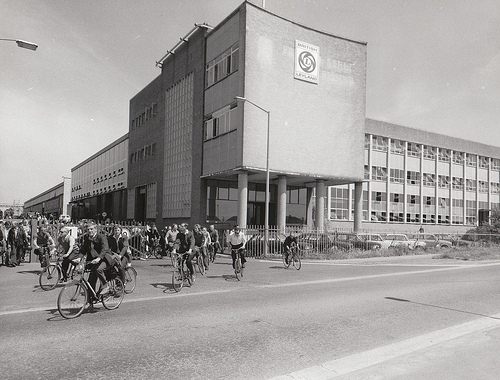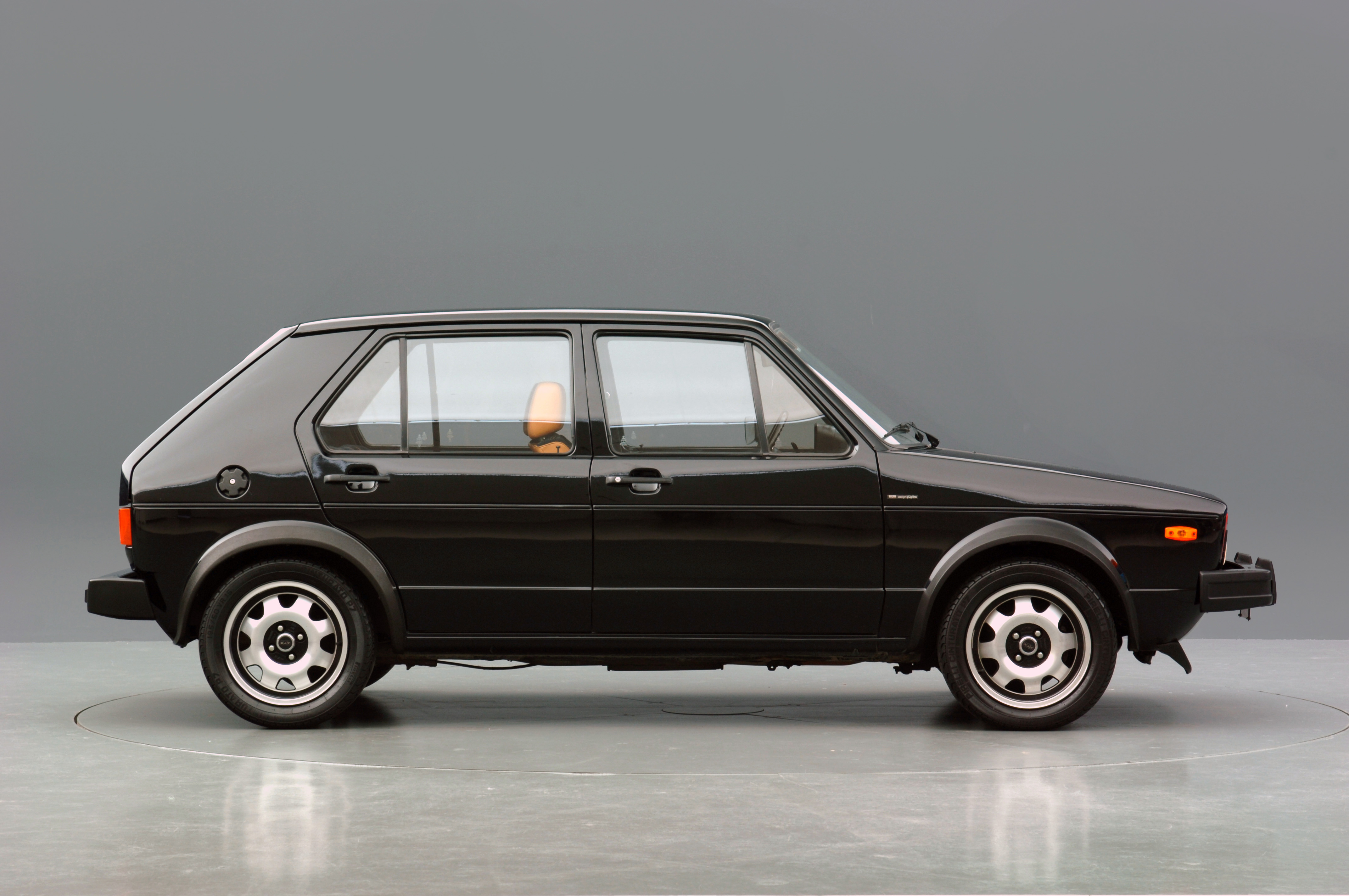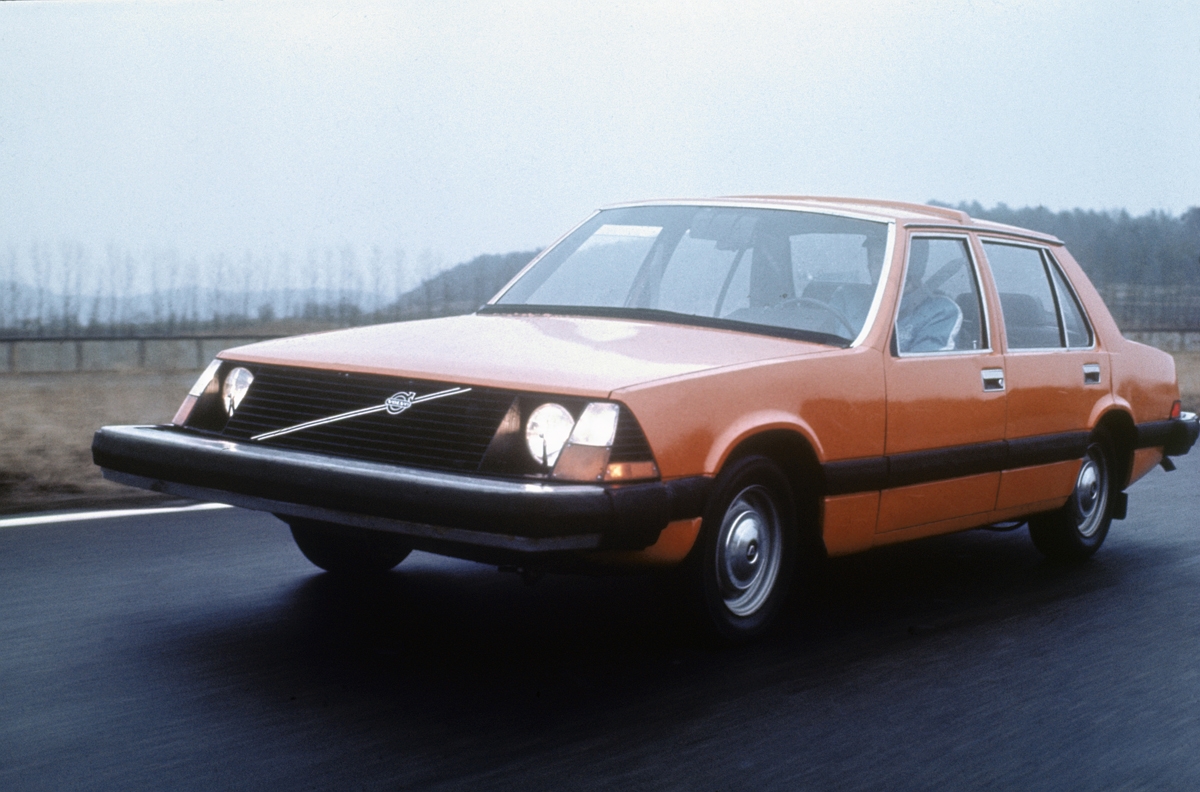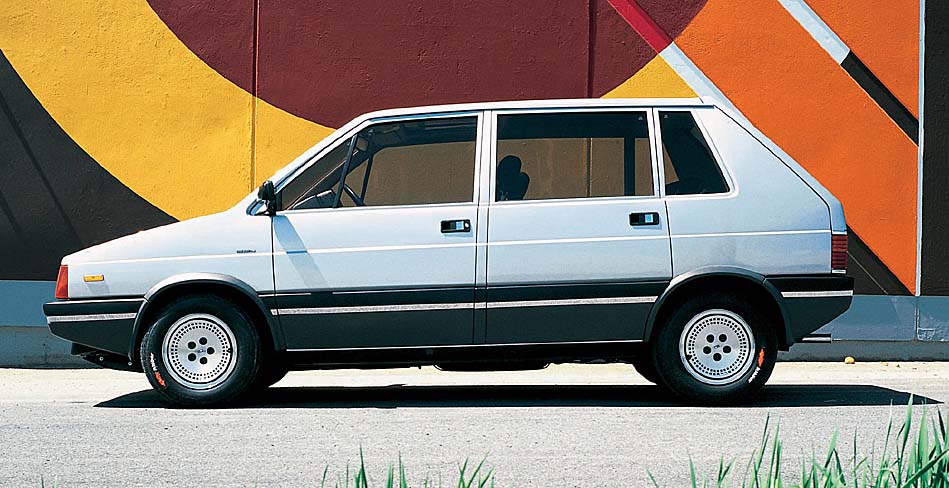" 1970 Plymouth Superbird A few more muscle cars trickled out in ’71, but the Superbird’s massive rear wing marks the literal high-point of muscle car design, and also its swan-song. 1971 Lamborghini Countach concept Why are all the best supercars – McLaren F1, "

Your Car Was Born in the Seventies
Your car was born in the 1970s. Car-nerds will argue about this, but the seventies mark the start of the modern era for the motor car. The economic and energy crises of the decade shook the car-world hard. It had to radically remake itself, and wound up looking nothing like it did before, and a lot like it does now.
These are the years that saw the decline of the US and British car industries and the ascent of the Japanese. Cars got safer, smaller and more efficient. We started driving hatchbacks and the MPV was invented. In fact, for an industry that often didn’t know where its next meal was coming from, a lot got done. So unless your car predates 1970, it owes a lot to the 1970s.

It all started so well. In 1970 Steve McQueen made Le Mans, and at the wheel of a Porsche 911 and 917 made driving cooler than it ever had been. But it all went wrong almost immediately with the US Clean Air Act of 1970. If you’re under 50, you’re one of the children whose health and future the Act was designed to protect, and of course we’re very grateful. But we can’t help but mourn the US muscle car, which was at its maddest in 1970 with the monstrous, bewinged Plymouth Superbird. But because of the Act, the muscle car was stone dead in just a year in the most extraordinary, instant mass-extinction event in automotive history.
The oil crisis of ’73 and the recession that followed nearly did for the supercar industry too. Some of the most famous names changed hands more often than an old fiver and bounced in and out of bankruptcy; car magazines regularly arrived at the factories of Italy’s Supercar Valley to test a new model only to find the gates locked shut, or the paint still drying on the car they were meant to be driving. But Lamborghini somehow still managed to make the Countach. It was the definitive seventies supercar; shocking and angular to look at and terrifying to drive. First shown in 1971, it took three years to get the cash together to get it into production.

The British car industry pretty much did die in the seventies; from making 1.9 million cars in 1972 it slumped to half that number by the end of the decade, and soon not a single British-owned volume carmaker was left. But the oil crisis wasn’t to blame; just look at the cars the British carmakers were insulting us with. The Austin Allegro, launched in 1973, had all the dynamism and sex appeal of your elderly Auntie Flo in her mauve Sunday best. By comparison with VW’s Golf, launched just a year later with Giugiaro’s hallmark seventies ‘folded-paper’ styling – and a practical hatchback – the Allegro looks dumpy and retarded. No wonder buyers – Brits included – deserted the British carmakers.
Others were showing the old powers how it ought to be done. Honda’s super-clean, super-frugal CVCC-powered cars led the Japanese assault on the US. American buyers, once chauvinistic but now desperate for reliable, economical cars loved them, and the US car industry has never really recovered. Volvo’s VESC experimental safety vehicle not only presaged how Volvos would look for the next 20 years but had two decades’ worth of safety advances aboard too; some of which we now take for granted (crumple zones, airbags) and some, like reversing cameras, that are still reserved for high-end cars.

But Giugiaro’s Megagamma concept was arguably the most significant of the seventies, though its impact wouldn’t be felt until much later. It started life as a sketch for a competition run by New York’s Museum of Modern Art in ’76 to design a new checker cab for the city. To cut congestion but create more cabin space Guigiaro decided to build upwards, and the people carrier was born.

If you want to see how the car moved on the ‘70s, look at the performance cars that bookmark the decade. At one end, that crude Plymouth Superbird. At the other, the Audi Quattro; turbocharged, four-wheel drive and beautifully made. And frankly, not all that different to the 270bhp, turbocharged, four-wheel drive and beautifully made Volkswagen Golf R that’s sitting on my drive as I write this. The logbook for my car says 2010, but I know it was born in the seventies.
CLICK TO ENLARGE










Great diversity of cars available in the Seventies – we've not had such a large choice of styles/set-ups since. It was easier to modify and improve your ride back then too 🙂
I would hate to pay 2010 money for a current model born in the seventies and worse still admit it.
I do agree there are many designs out there basically dating from that era which is why I choose to drive something that sets a future trend. The relutance of the majority to do the same is why the motor industry lags so far behind other industries and why we are so tied to fossil fuels and the associated problems.
Yep but as long as Teslas cost as much as they do, no-one is gonna buy them: I'd rather have a roaring v8 guzzler and spend a bit of cash on petrol than mortgage myself u to the hilt to buy an eletric car that is even a little bit fun.
Does anyone reckon the wing on that Plymough actually did anything?
Yes …Developed specifically for NASCAR racing, the Superbird, a modified Plymouth Roadrunner, and the Charger Daytona, a modified Dodge Charger 500, were among the first American cars to be designed aerodynamically using a wind tunnel and computer analysis.
A rear wing (spoiler) was mounted on tall tail-fins that put it into less disturbed air thus reducing the car's lightness by keeping the rear tires firmly on the ground at high speeds. The extreme height of these fins also gave clearance for the trunklid to open freely. The rear-facing fender scoops were used for releasing trapped air from the wheel wells.
Check out this link.. http://www.youtube.com/watch?v=369h-SEBXd8
Just show's you can have fun without spending a fortune on a Tesla and still go electric.
Also notice how this guy in his home built is knocking off big engined production cars that have had years of development with millions invested. Kinda proves the potential.
Wow. Thanks for the info? How do you come to know all this detail?
Giugiaro's Megagamma is just a tall hatchback – Renault had already done that in 1961 with the Renault 4, which also had a flat floor layout (dashboard mounted gearstick) and folding, removable seats. They made 8,000,000 of those and even today the Kangoo picks up aesthetic cues from the 4.
LOL, the fin on that plymouth is classic ha ha.
The Plymouth Superbird. It even sounds fast. And it looks, wild. I think its interesting that we look back to the 70's and in the case of the Superbird feel nothing but awe and amazement. Is it more to do with our age though? Those cars were the stuff of dreams when to own anything at all was a dream, and perhaps we couldn't even drive, but we knew we wanted a General Lee Charger / GMC truck etc etc. And now we've got a bit of money and a driving licence, we can make those dreams a reality. And if we work in the automotive industry, those dreams subconsciously effect our reality. At the end of the day though, we always wanted to go fast. Men always did, and men always will. 'Cos if you ain't first, you're last.
The late 60's and early 70's birthed muscle from the states, and icons from europe. And now the muscle cars are icons too. Raw, merciless V8 icons. The log book for my car might say 2010, but thats only until I can get rid, and go buy me something that was literally born in the 70's.
And then extend the drive 😉
And if you like the Superbird, you'll like the t shirts from this place … http://www.superchargedinc.com
You might find the real thing a disappointment…sometimes the dream or the chase is better.
Compared to 2010 models these cars do not handle or stop and lack the refinement we have become accustomed too. Plus they are not even that fast, are overweight and cost a fortune to insure and fuel up. All growl and snort if thats your thing.. BEEN THERE DONE THAT !
I love these cars especially the Plymouth superbird. My Grandmother has had her Golf since the seventies and it still works fine, a Golf is very reliable.